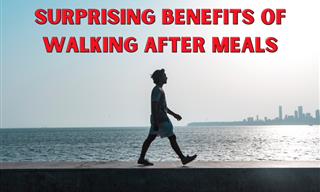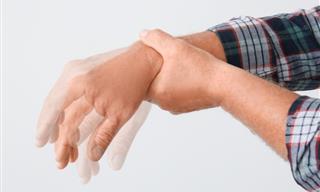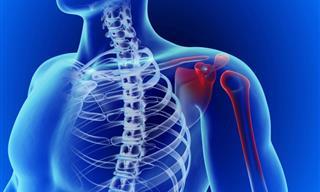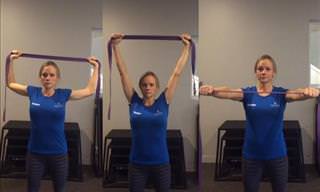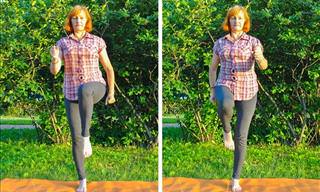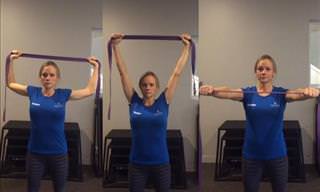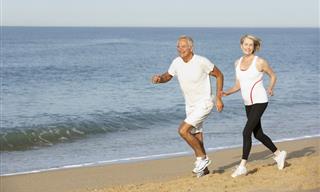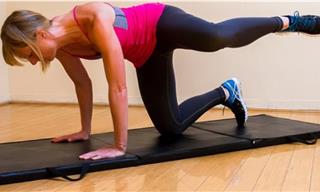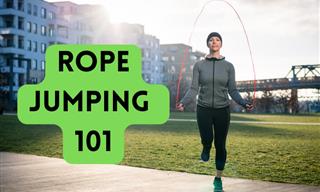Losing weight, getting fit and being healthy are goals that all of us share. To that end, we are constantly developing newer and more high-intensity ways in which we can push our bodies. But for those of us who don't have the time or the motivation for attending classes, training sessions, boot camps, and all that other stuff, there is still a very old school way to keep yourself healthy.
Just take a walk. Walking is an extremely good way to stay in shape, and as you turn up the intensity, the benefits shift. Did you know that competitive walking has been an Olympic sport for over 90 years? Anyone who is a frequent walker, jogger or runner would at some point or another have had a debate about which speed of the movement is better. Some even say that a brisk walk can be far more beneficial than running. So we'd like to give you a little clarity on how the body reacts to these similar, but different types of exercise.
Walking Versus Running
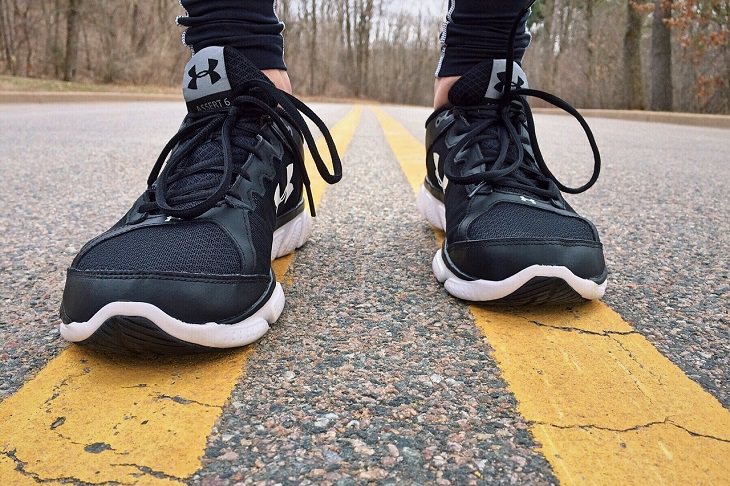
Walking is one of the best ways to get healthy, active and fit. Even a small amount of walking on a regular basis can make an immense difference to your health if kept up for a long period of time.
Studies conducted at both the University of Colorado and the University of Massachusetts, respectively, found that regular walking could help prevent peripheral artery disease (a disease that restricts the blood flow in extremities like legs) and reduce the likelihood of catching colds to 25% less than for less active persons.
Further research at the University of Pittsburgh revealed that it only takes between 30 to 60 minutes of walking a day for an overweight person to lose weight. So what’s the major difference in terms of effects, between running and walking?

A common rumor on the workout grapevine is that running is more beneficial than walking. That does seem plausible given the extra energy and movement required for running. However, there is a fair portion of myth to this belief. The heavier exertion of energy in running essentially allows you to burn calories faster, and therefore over shorter distances.
The calories burned by a 3-mile run would be burned only by a 5-mile walk (approximately). It was determined during a study by the Lawrence Berkeley National Laboratory, located in California, that if the same calories are burned, the benefits to the body are largely similar. That is to say, while the intensity of the activity can be more beneficial to the body, it is the energy spent while doing the exercise (either running or walking) that makes the biggest difference.
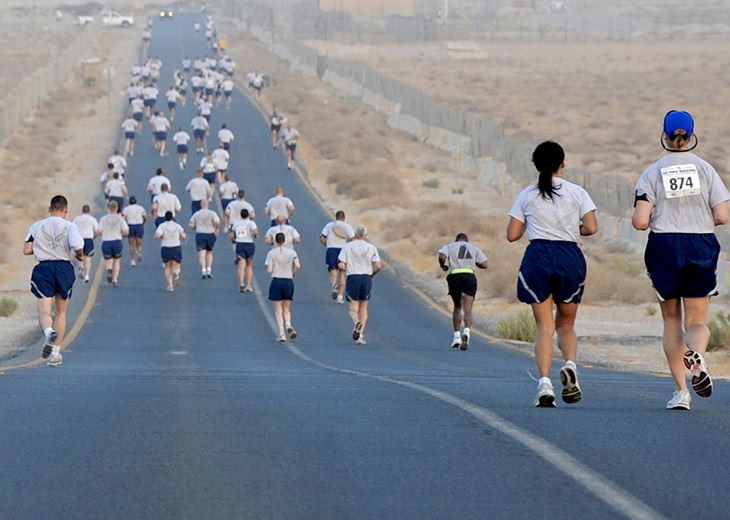
This was determined through this six-year study involving nearly 50,000 participants, about 33,000 runners, and 15 thousand walkers. Both walking and running are incredibly helpful in reducing the risk of high blood pressure and high cholesterol. Both activities can help reduce the risk of diabetes as well.
The U.S. Department of Health and Human Services’ most recently published Physical Activities Guidelines states that every individual requires a minimum of 75 to 150 minutes a week of high-intensity exercise and activity or alternatively 150 to 300 minutes a week of moderate activity. The lower the intensity, the more minutes of activity required.
Can Running be Harmful to Your Joints?

Despite the intensity involved in the activity of running, when compared to walking, recent studies have shown that running is not necessarily more likely to cause or worsen various forms of arthritis. A 2013 study compiled a report based on data collected by the National Runner’s Health Study and noted that there was a 15% reduction in the risk of osteoarthritis and 35% less of a risk of requiring a hip replacement in those who were active and ran a minimum of 1.2 miles every day.
A more recent study conducted in 2017 and published in the Journal of Arthritis Care & Research noted that, out of their participants that were divided into two groups of runners and non-runners, only 53% of the runners compared to 59% of the non-runners, had osteoarthritis in their knees. This number actually dropped to 51% for the former group as the intensity of the running increased.
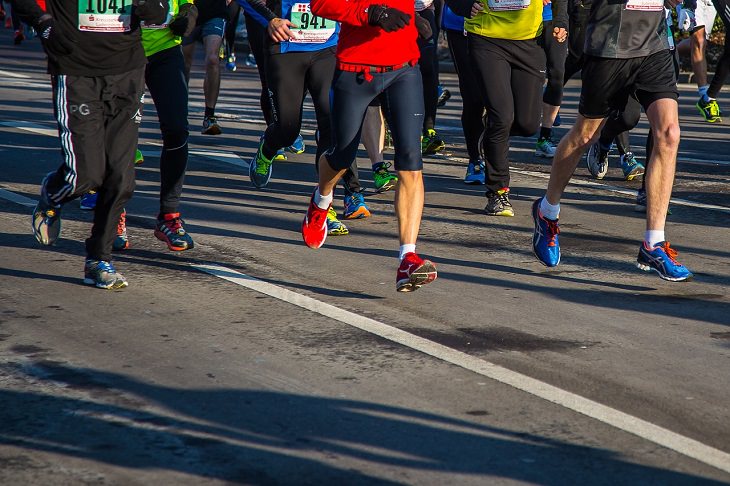
One of the major reasons for the observed risk reductions is because of the impact running has on reducing weight and BMI. When the overall body weight reduces, the pressure put on the various joints also goes down significantly. However, it is important to keep in mind not to push too hard when running. While the exercise itself is beneficial, running can lead to injuries, particularly if you’re on bumpy terrain, a communal area, or for numerous other accidental reasons. If you do find frequent occurrences of pain while walking, there are a number of ways you can prevent or combat it.
The best way to move from walking to running: Make sure you run in safe areas you are familiar with and ensure to start increasing your speed very gradually, so you can maintain the speed comfortably. In fact, if you’re looking for what’s really the best, not to mention easiest work out right now, all you need to do is to find the middle ground. So what’s the best exercise you can do?
Speed Up That Walk!

As it turns out, speed walking is great for you, and gives you an easier way to keep walking, keep the intensity up, but also keep your energy for the rest of the day!
Running is great for the athletes, and walking is a good way to get the minimal weekly dose of exercise required. But if you’re looking, like me, for a workout you can do every day, one that doesn’t force you to go to the gym or leave you winded like runs can, or even sluggish like walks do (because you may not even burn the energy of a 1 mile run in a 5 mile walk if you’re moving slowly), then speed-walking might be the next best option to try.
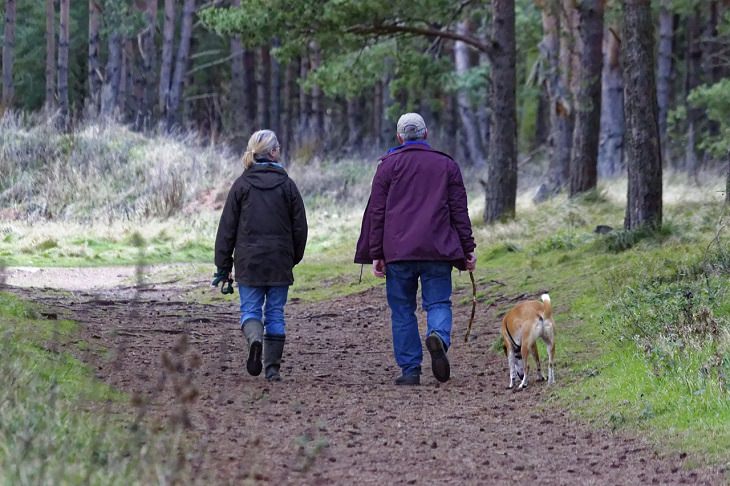
Just for general reference, the average walking speed is usually approximately 3 m.p.h, while speed walking is 4.5 - 5 m.p.h, jogging stands at 6 mph, and anything above that is considered to be running. However, again, it’s important to remember, intensity can differ from person to person depending on pre-existing medical conditions or other determining factors.
Walking briskly, ideally increasing your speed after regular intervals, is firstly a great way to shorten the time spent on your activity, as you can cover more distance faster. Because brisk walking also increases your heart rate to a moderately-intense level, it has increased effects in reducing the risk of diabetes, high blood pressure and high cholesterol, not to mention allows for more calorie-burning than ordinary walking.

However, the goal of speed-walking is flexibility, endurance and becoming fit. It requires bigger and faster steps and therefore, increases your muscle strength and flexibility, helping your body get toned (and not thin)! Some walking exercises can even strengthen your soul, along with your body.
It is also an exercise less likely to cause injuries and accidents due to excessive tripping, falling, crashing, etc., as the speed and movement are kept on more controllable levels. It's advisable to start with 20 minutes of moderate walking 6 days a week, and one day of slow and low-intensity walking, so as to ensure no possible pulls, aches or pains. There are many different ways in which you can increase the intensity of your walking (or at least the distance), on a regular basis.

That being said, our mood can change, too: some days we want to walk, and on others, we want to run, skip and leap. Whatever it is, if your goal is to stay fit, follow your bliss and always stay active. In the case of high-intensity workouts, make sure to start practicing them gradually, and use caution when increasing the intensity. Avoid taking long breaks between physical activity.
Even 4 hours of exercise a week can make all the difference in the world to your health, even without any lifestyle change. I think Ms. Doireann Maddock, of the British Heart Foundation, summed it up best when she said: “Whether it’s walking, jogging or running, staying active will help control your weight, reduce blood pressure and cholesterol, and improve your mental health.”
 Go to BabaMail
Go to BabaMail














